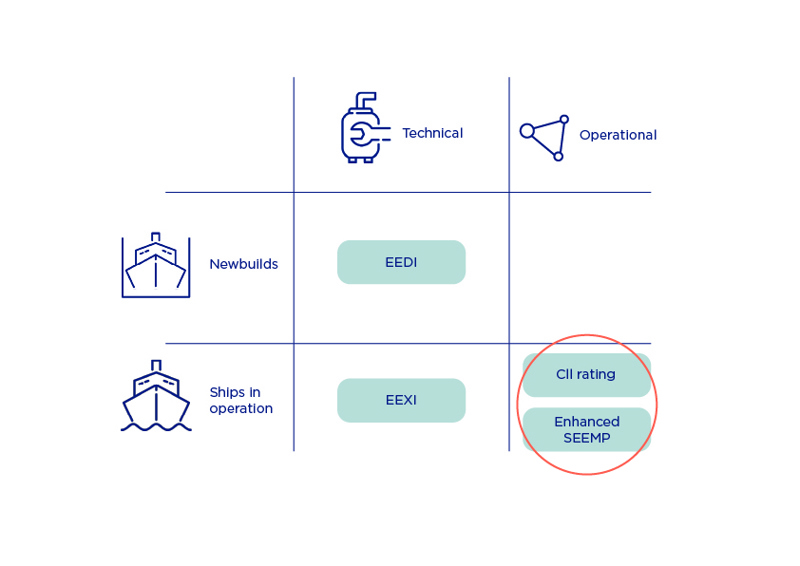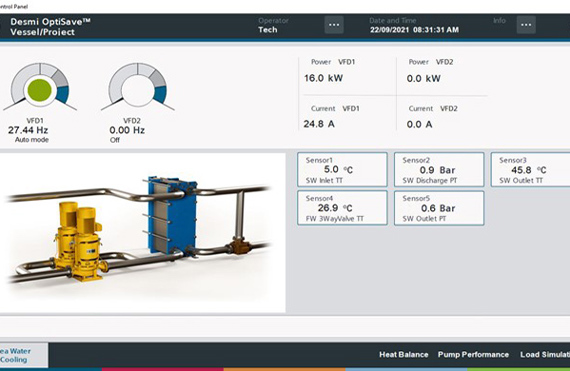Despite Net-Zero Framework delays, emission reductions are still on the agenda. Are you prepared?
October 2025
The IMO recently decided to adjourn the extraordinary session of its Marine Environment Protection Committee (MEPC), thereby postponing new global emission rules for shipping. But that does not mean emission reductions are off the table, and many shipowners still need to look for ways to reduce the climate footprint of their vessels.
The MEPC session was widely expected to formally adopt the draft amendments to MARPOL Annex VI, including the Net-Zero Framework. The amendments had been provisionally approved at MEPC83 in April 2025 and were set to come into force in 2028. The rules were to apply to all ships above 5,000 GT (except ships trading solely domestically and platforms including FPSOs, FSUs, and drilling rigs, and semi-submersible vessels) and would have been a big step towards lower GHG emissions.

Shipowners still need to reduce emissions
Until the extraordinary MEPC session reconvenes in 2026, IMO member states will attempt to renegotiate the terms of the Net-Zero Framework. But even though it is not currently clear when, and in what form, the framework will eventually be adopted, the drive towards net zero continues, and regulations are already in place in various parts of the world. In the EU, for example, the Emissions Trading System (EU ETS) also covers carbon emissions from large ships (5,000 GT and above) entering EU ports, regardless of the flag they fly.
Net-zero shipping is still on the agenda – and shipowners can start their journey towards this target by reducing onboard energy consumption.
Solution: reducing energy consumption
On almost any ship, it is possible to drive down fuel consumption and emissions by reducing onboard energy consumption. One efficient way of doing this is to operate pumps, engine room fans, compressors, and other equipment based on current requirements instead of design conditions (which are worst-case scenarios intended to prepare the ship for extreme conditions that rarely occur in actual operation).
DESMI calculations show that on a Panamax bulker with three main sea water pumps, for example, it is possible to save 79% of pump-related HFO consumption by adjusting pump speeds. Similar savings can be achieved on other ships, saving thousands of dollars, reducing CO2 emissions, and making it easier to comply with emission regulations.
DESMI solution facilitates compliance with emission targets
Based on sensor input, variable frequency drives, and decades of experience, the DESMI OptiSave™ solution enables this by automatically optimising equipment operation. It requires no major rebuilding or refitting, making it easy to retrofit and improve efficiency, and it is already operating successfully in more than 700 installations on more than 450 vessels globally.
By improving energy efficiency and reducing carbon emissions, OptiSave™ helps shipowners comply with emission regulations such as the EU ETS. By improving energy efficiency, the system also helps improve the vessel’s CII rating so the owner does not have to develop a SEEMP Corrective Action Plan. CII requirements become stricter year by year, and shipowners need to take action to stay compliant.

Conclusion
Under the original Net-Zero Framework, a ship consuming 4,000 tons of LNG annually would have cost its owner approx. USD 112,000 a year according to calculations done by ClassNK – even if the vessel met the base target in the framework. While it is not known what the revised regulations will look like, it is reasonable to assume that shipowners will face financial or practical consequences if their vessels do not comply, and it seems advisable for shipowners to take steps to reduce emissions.
Energy optimisation retrofit solutions like DESMI OptiSave™ are an attractive option. They help shipowners meet a wide range of emission standards whilst also improving vessel CII ratings – and the technology is proven, reliable, and available today.


